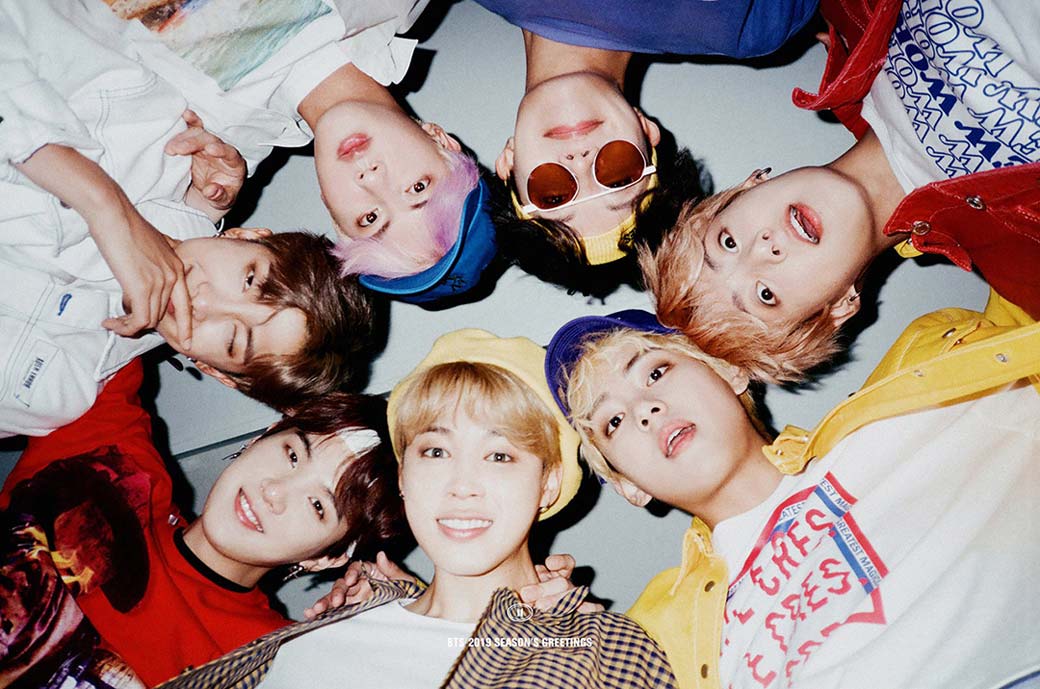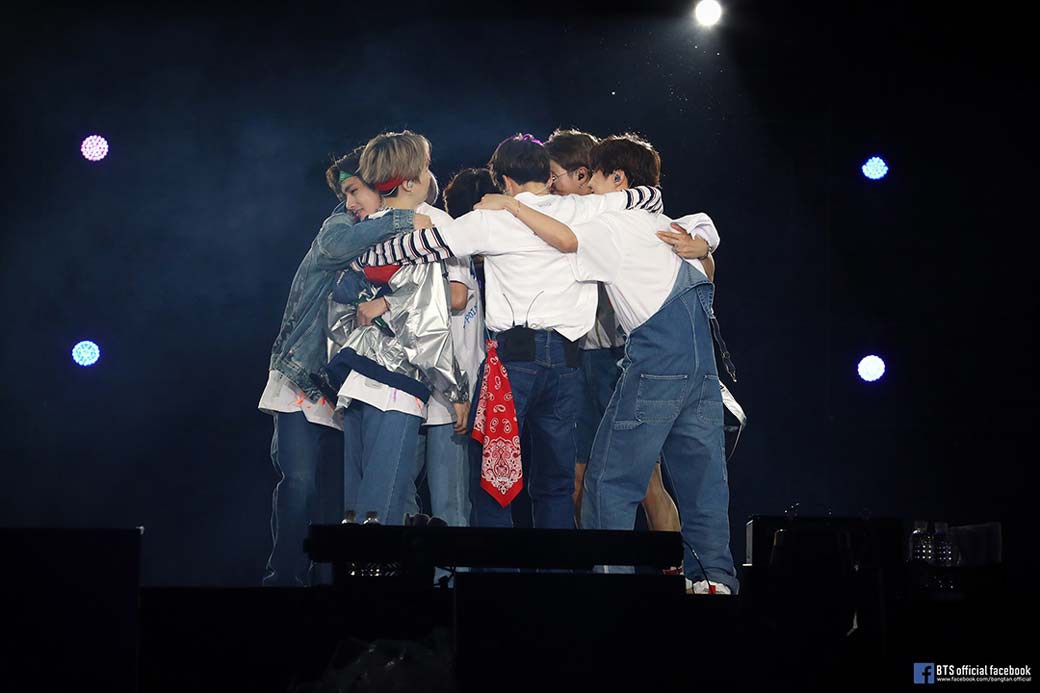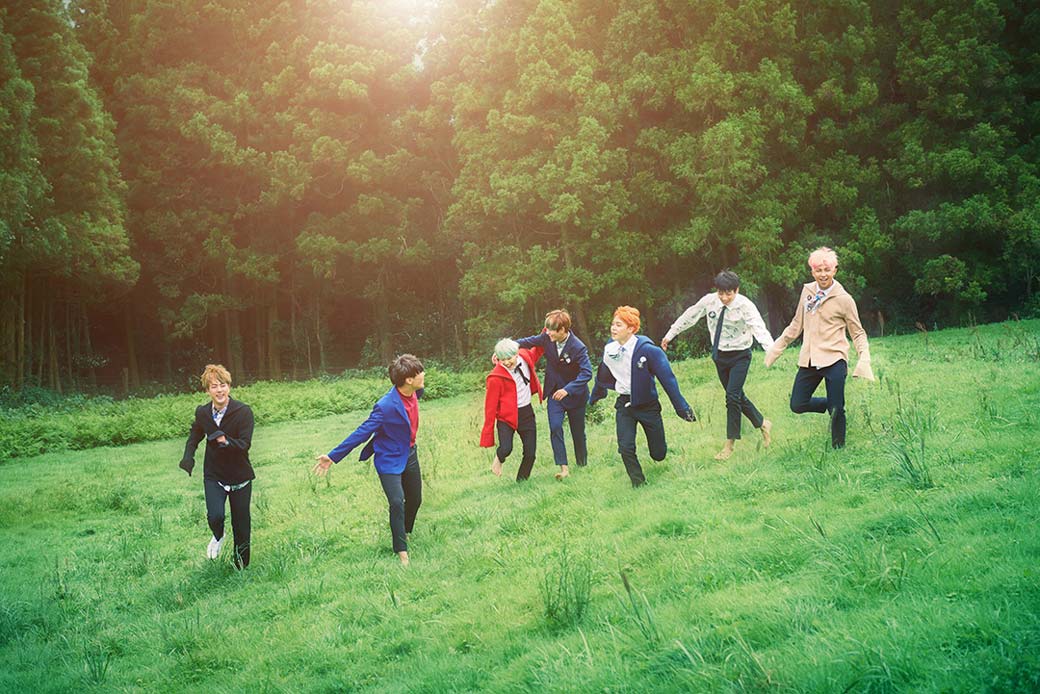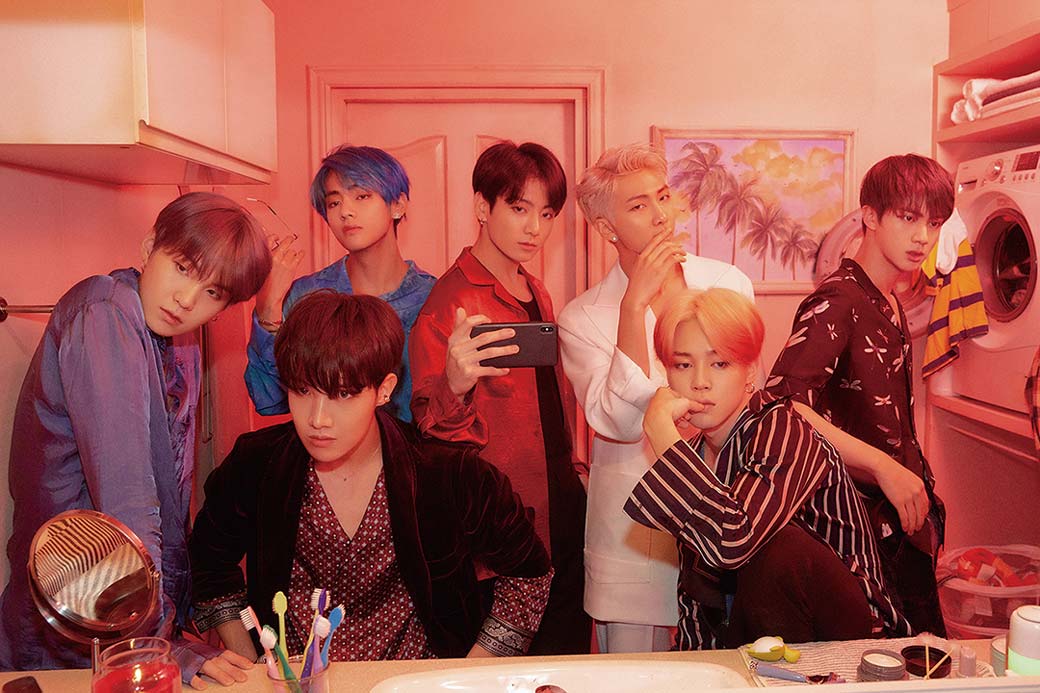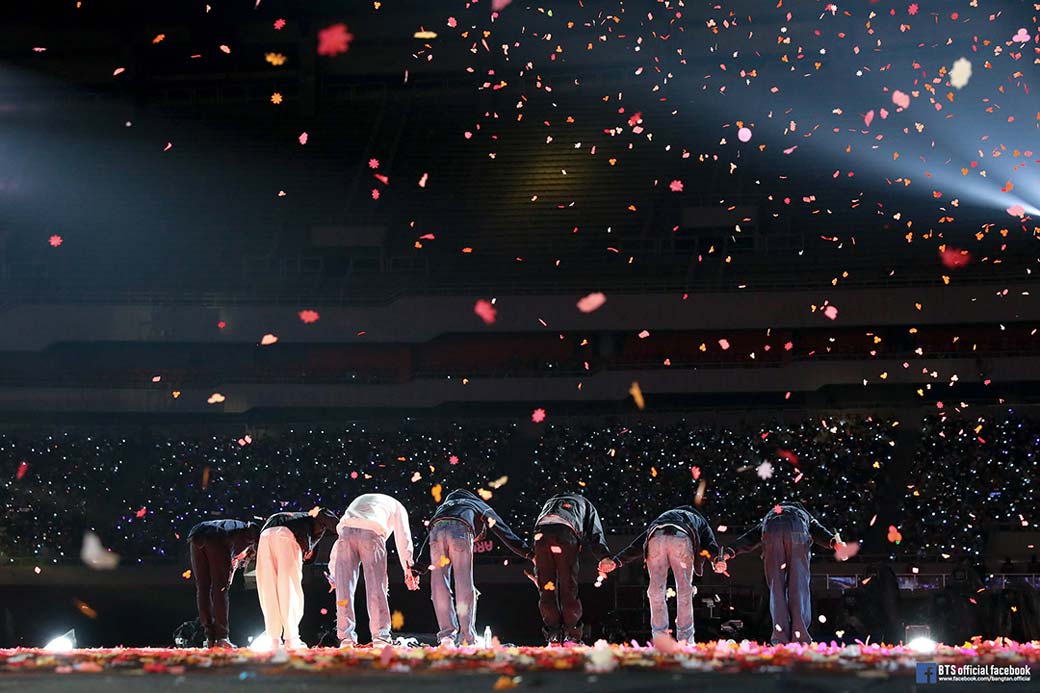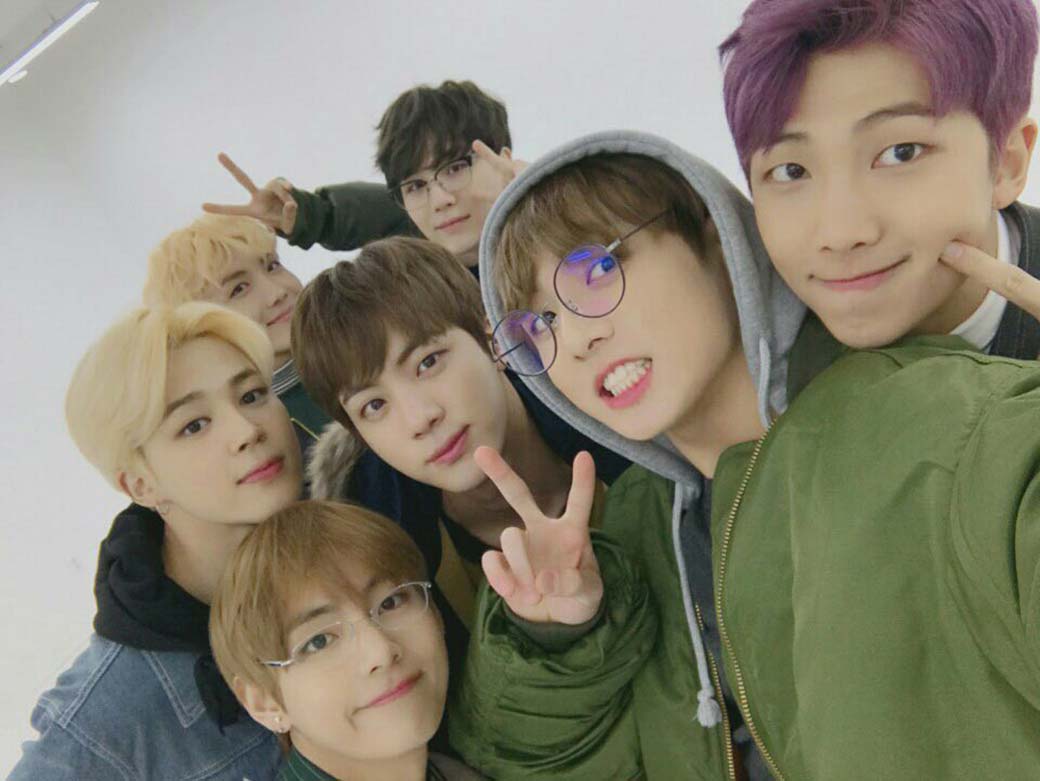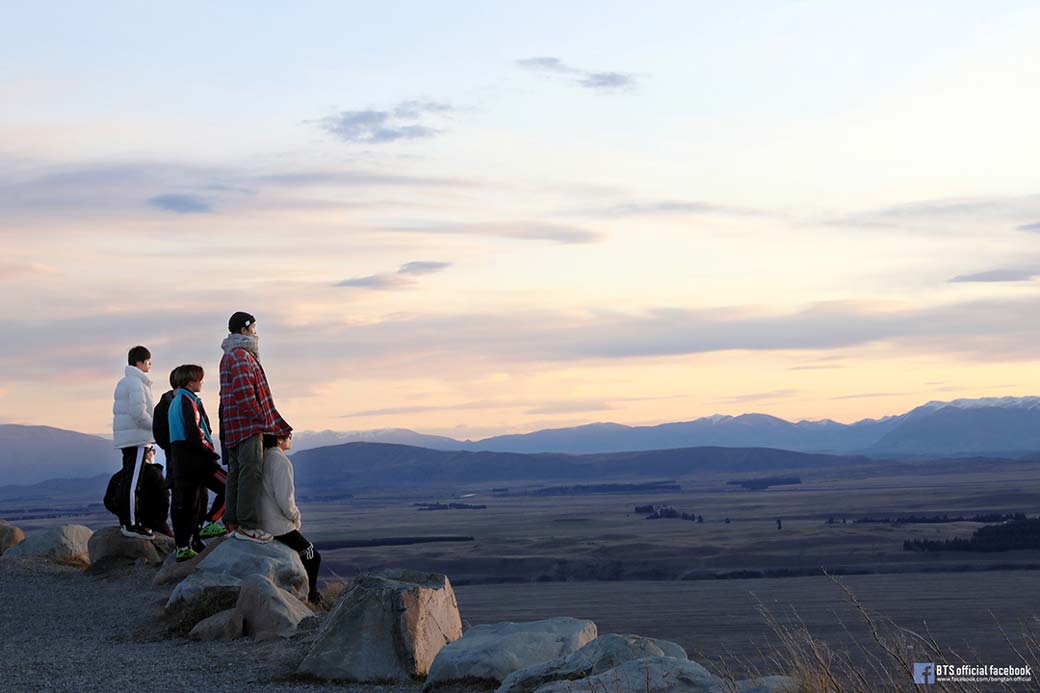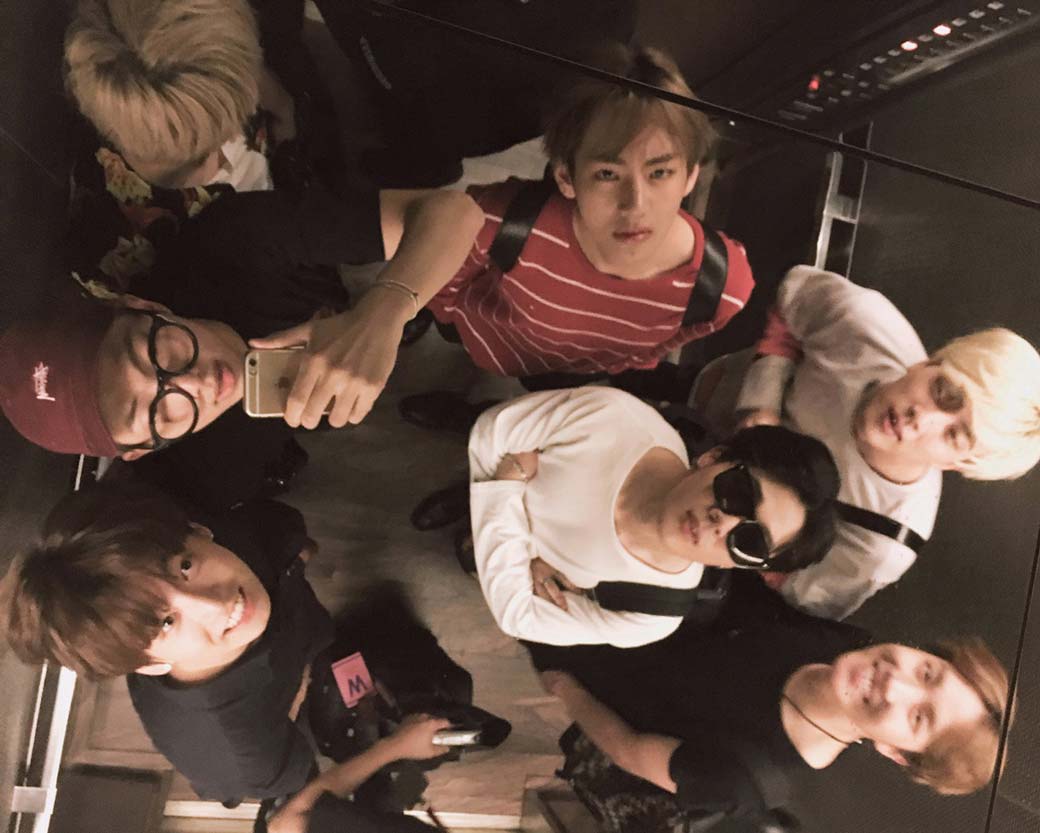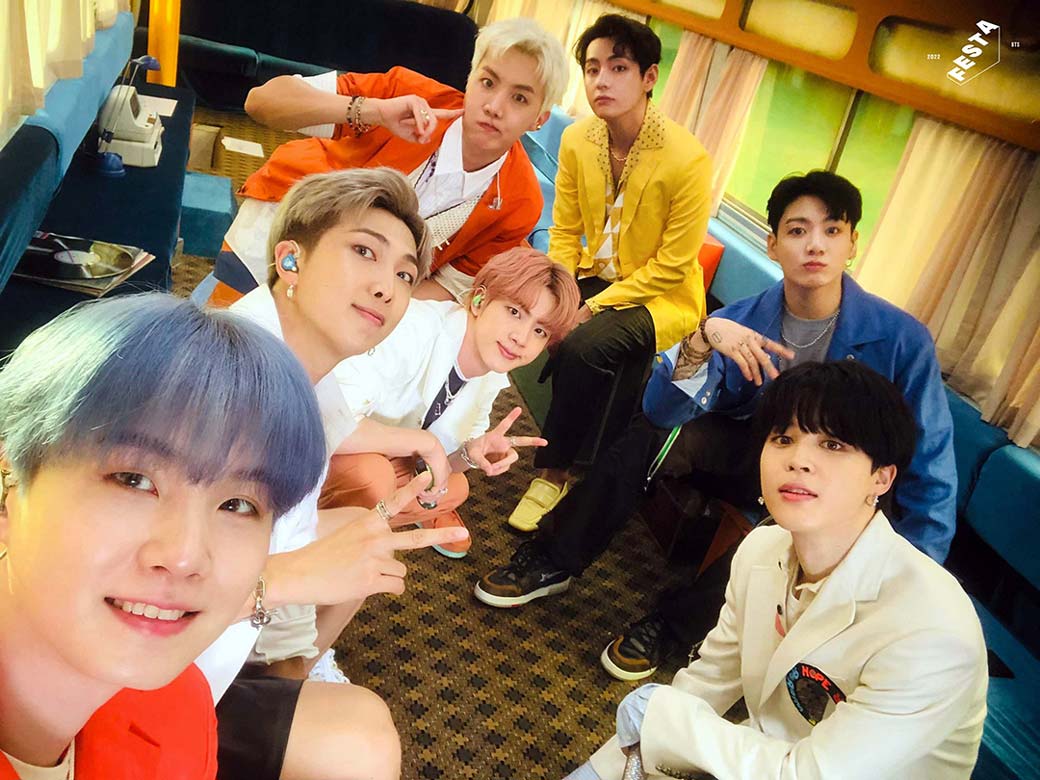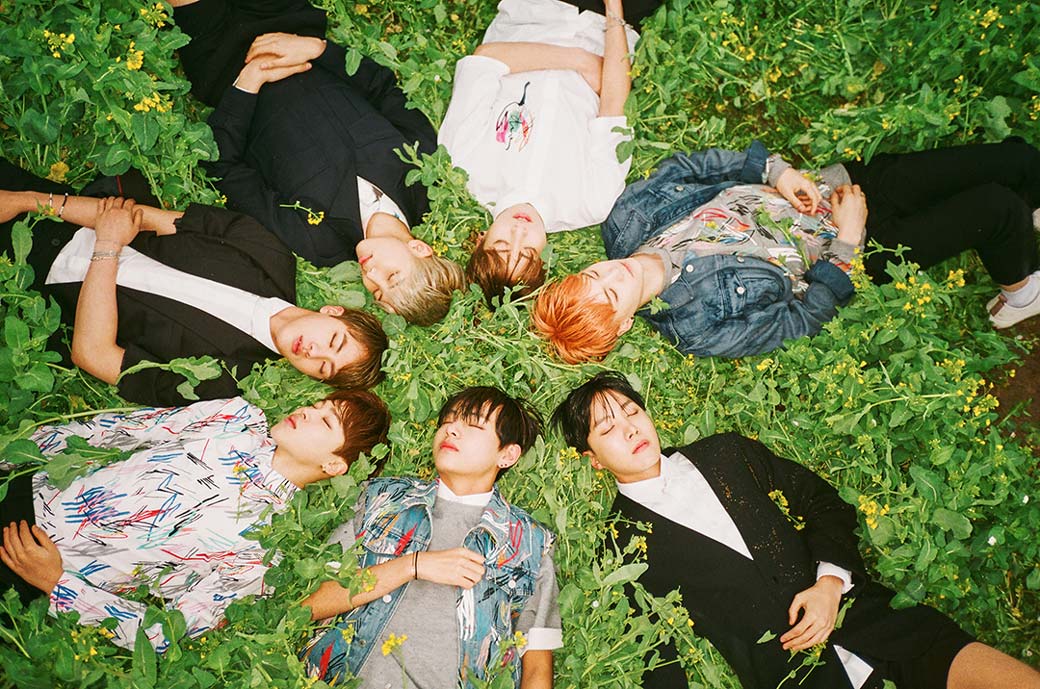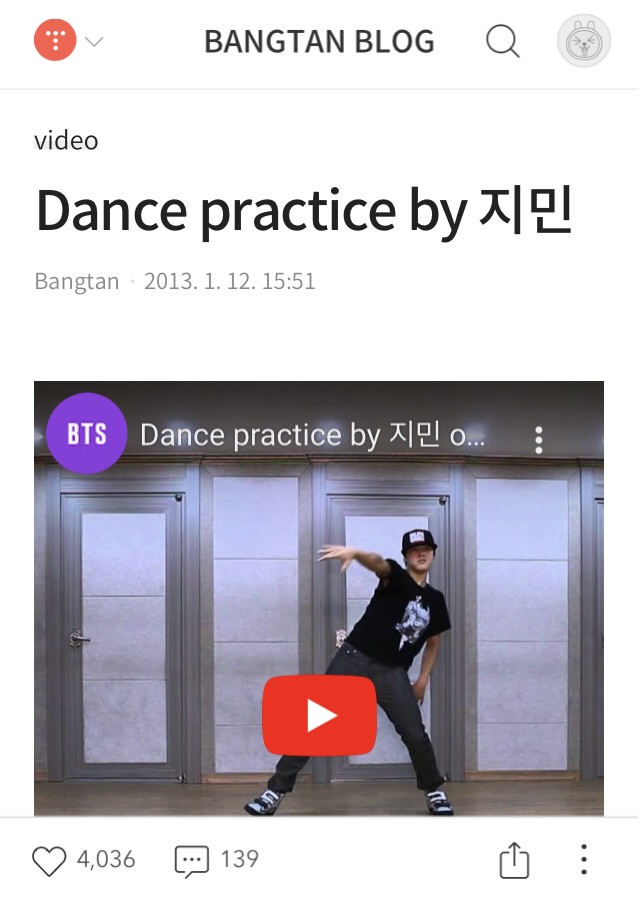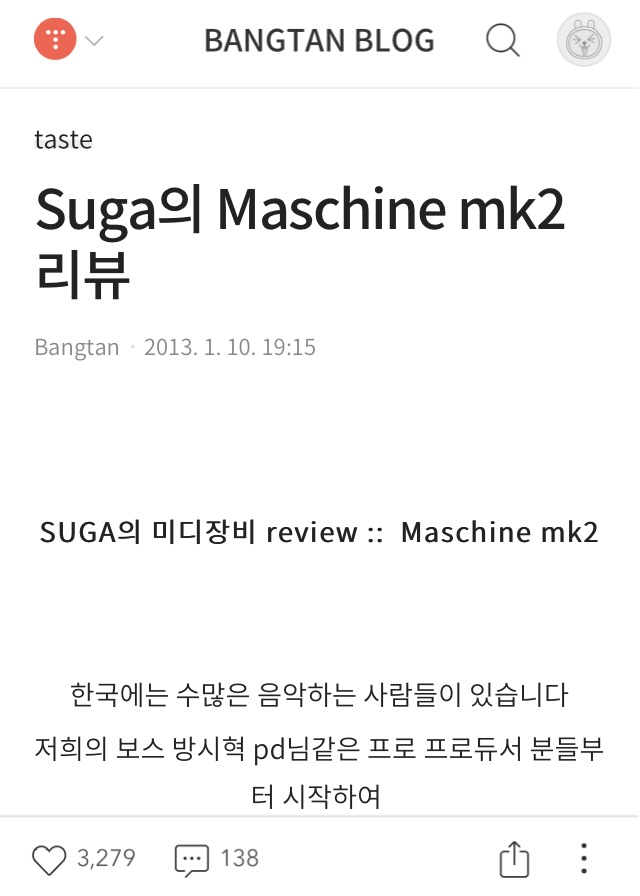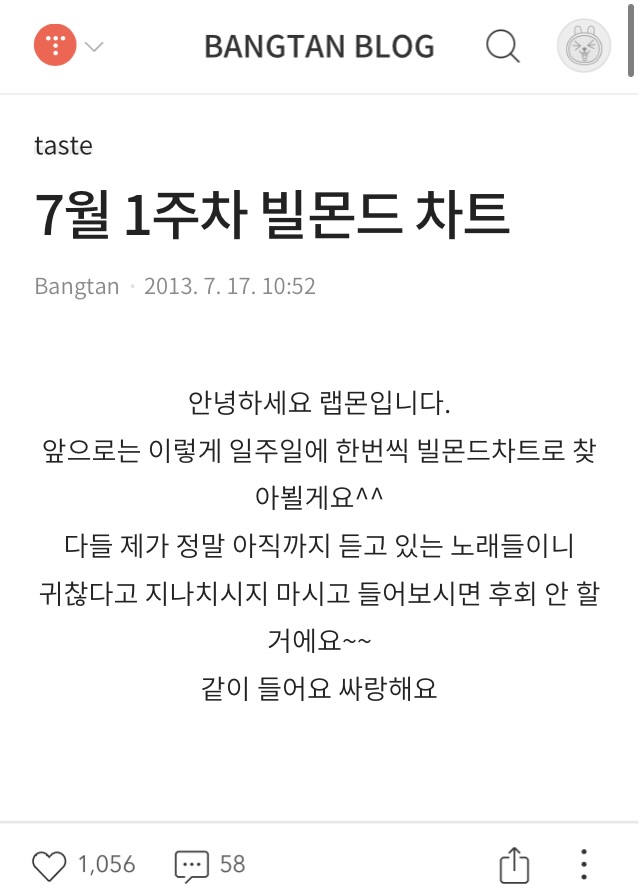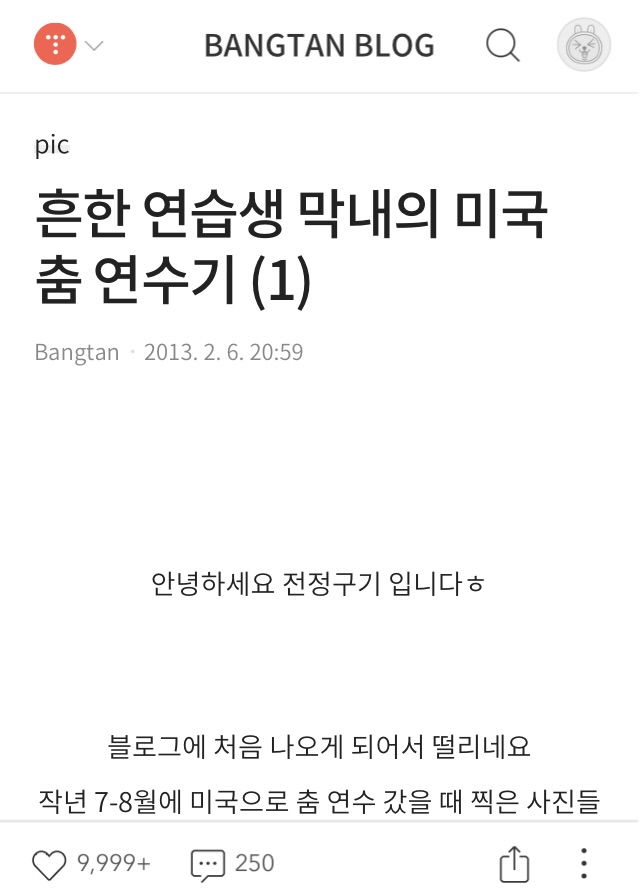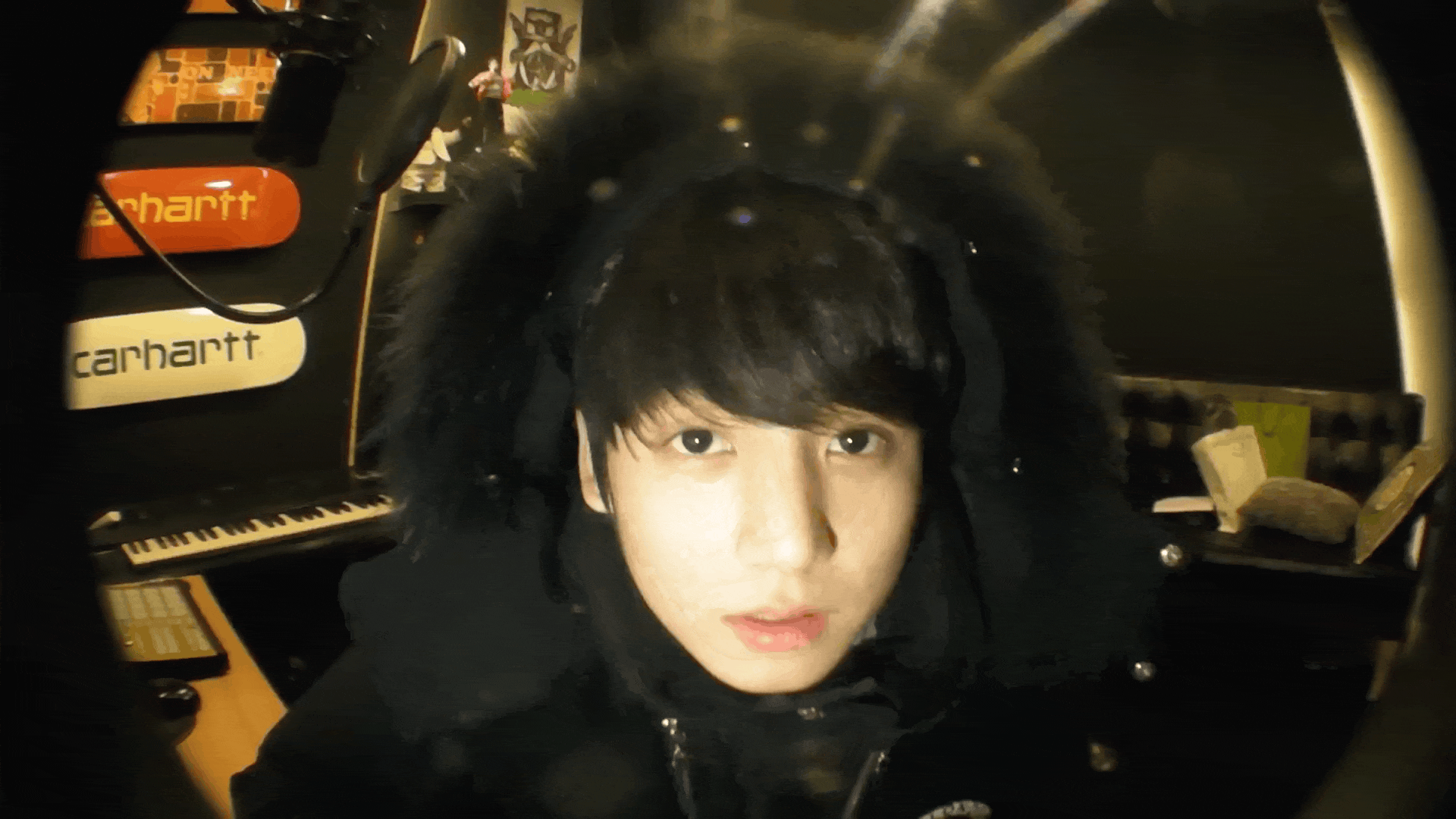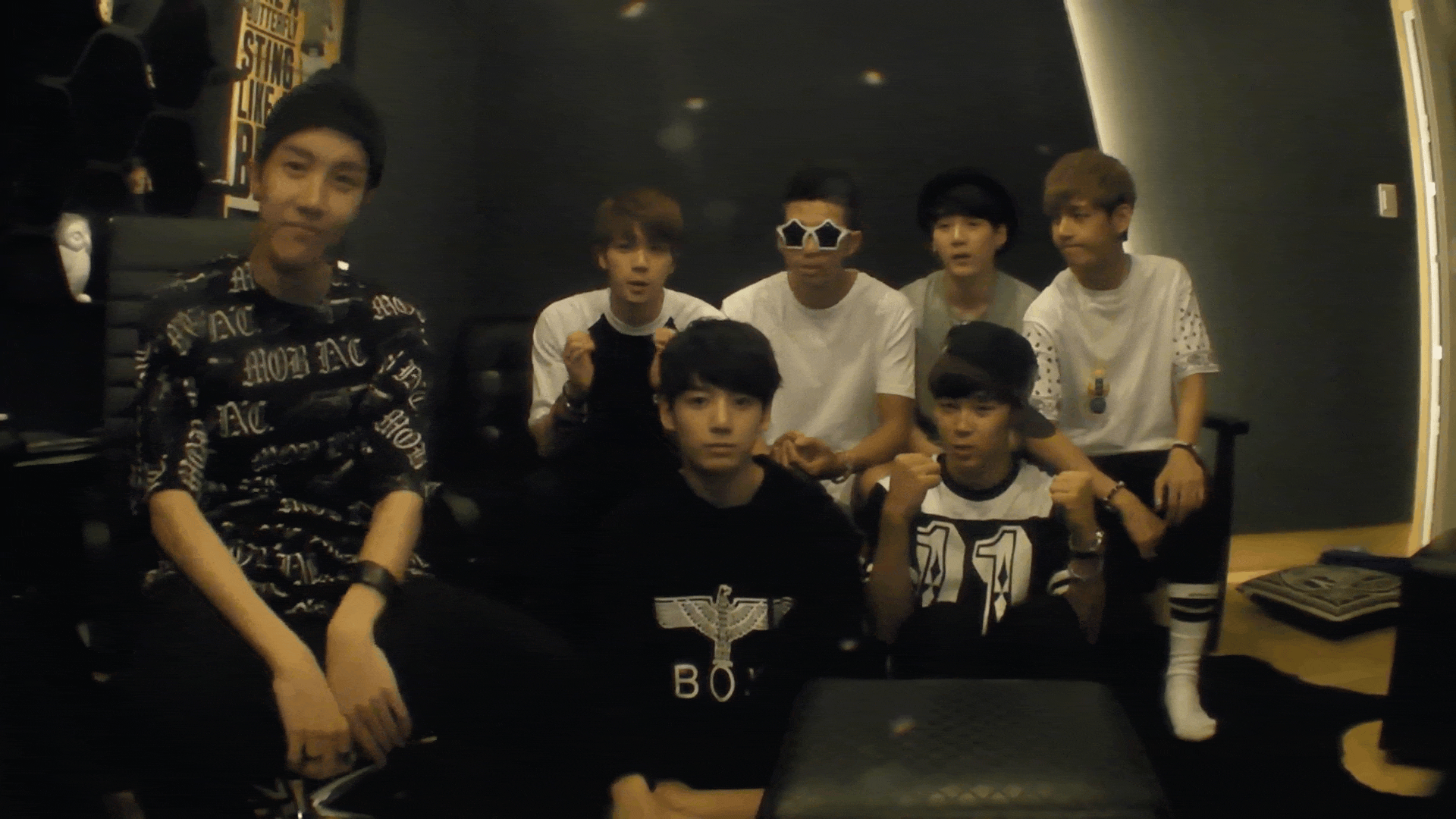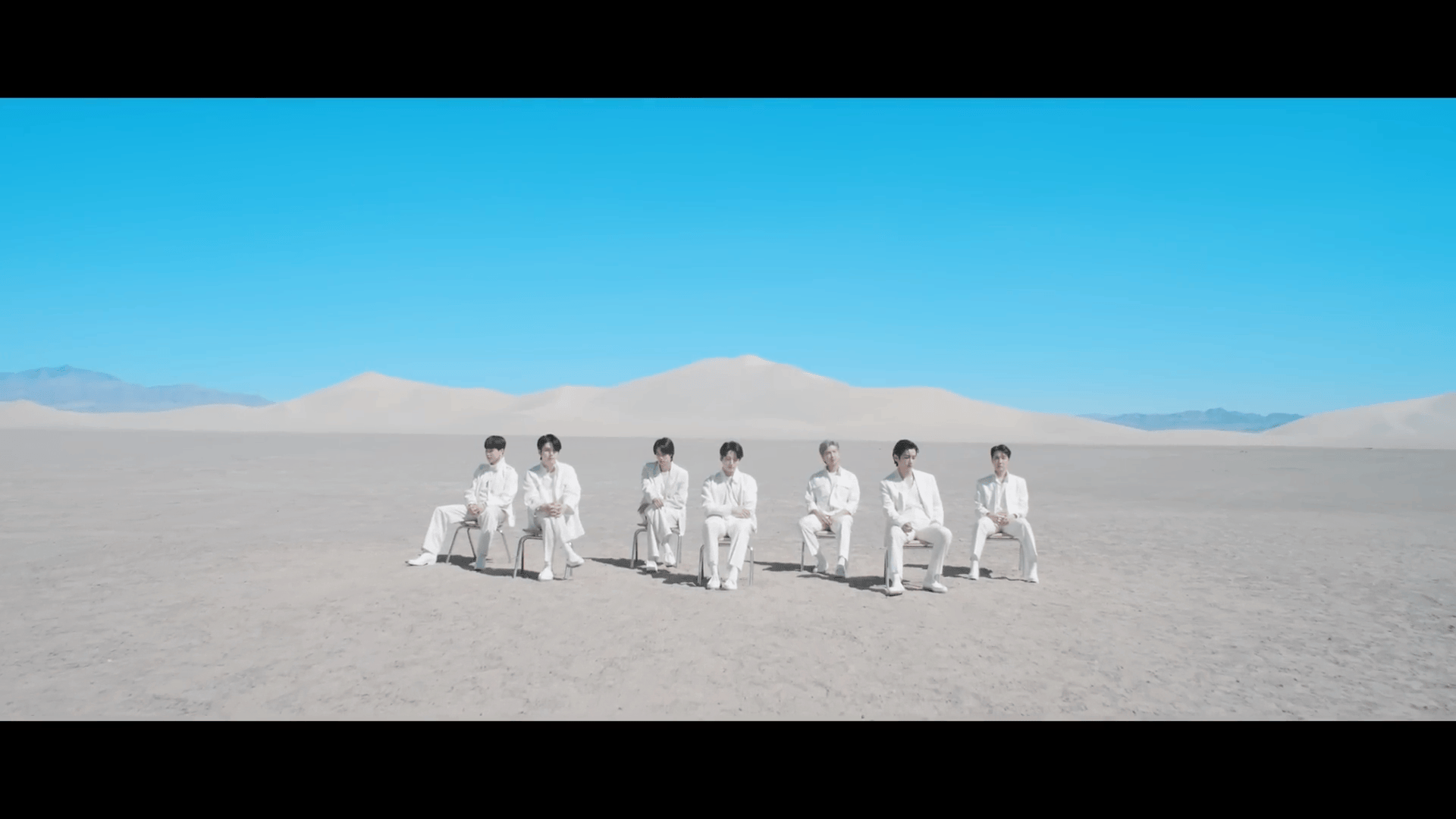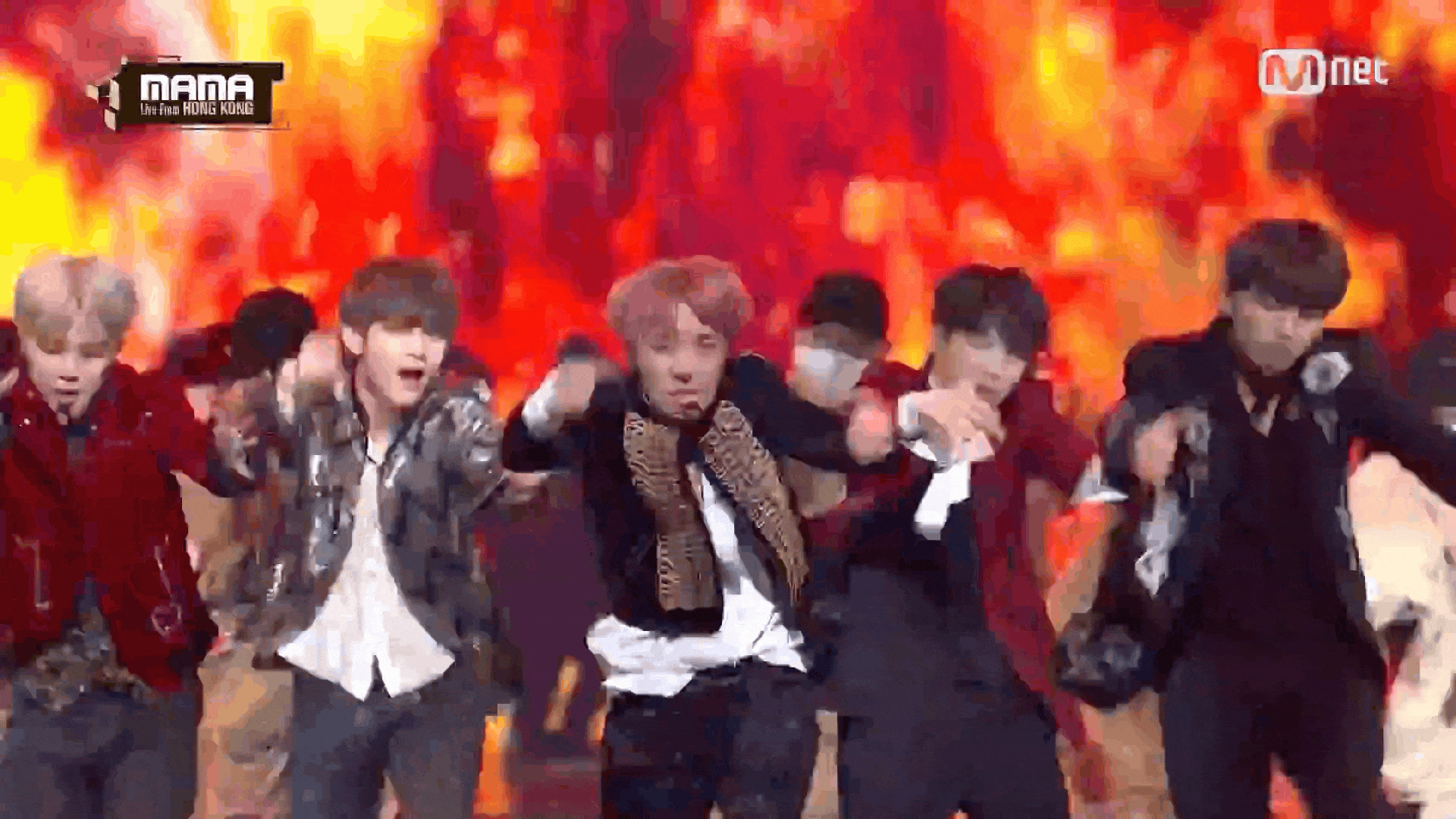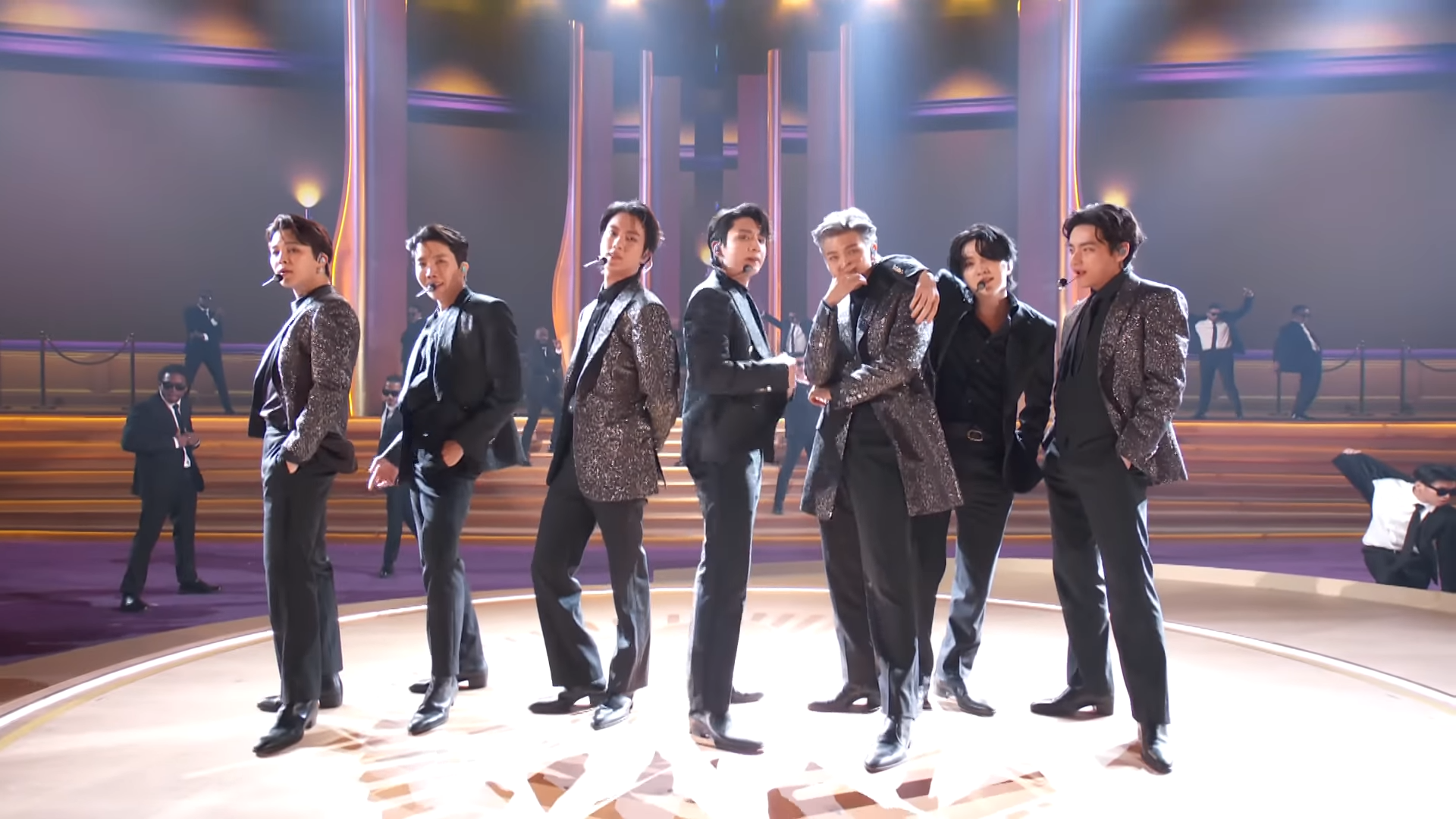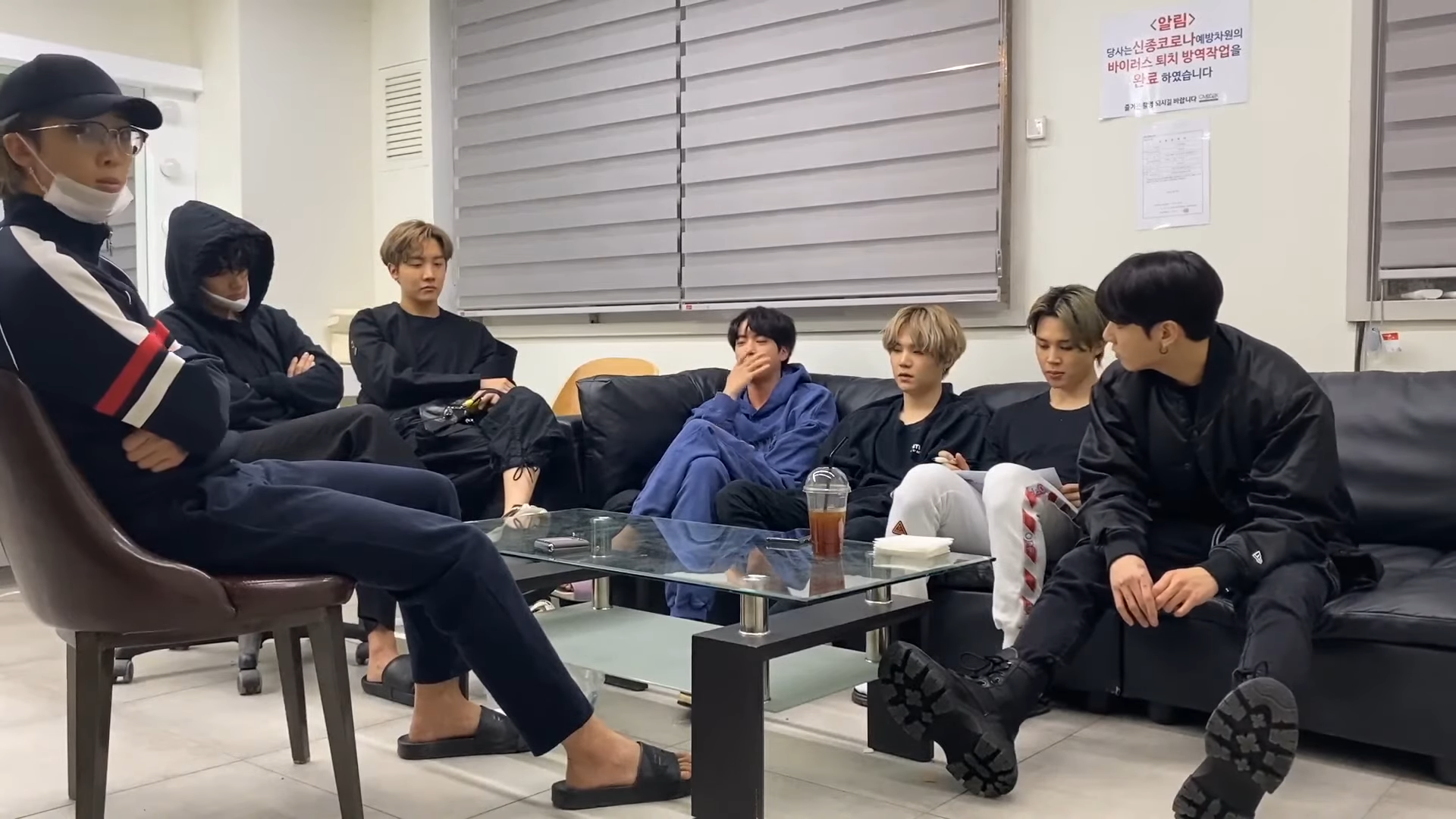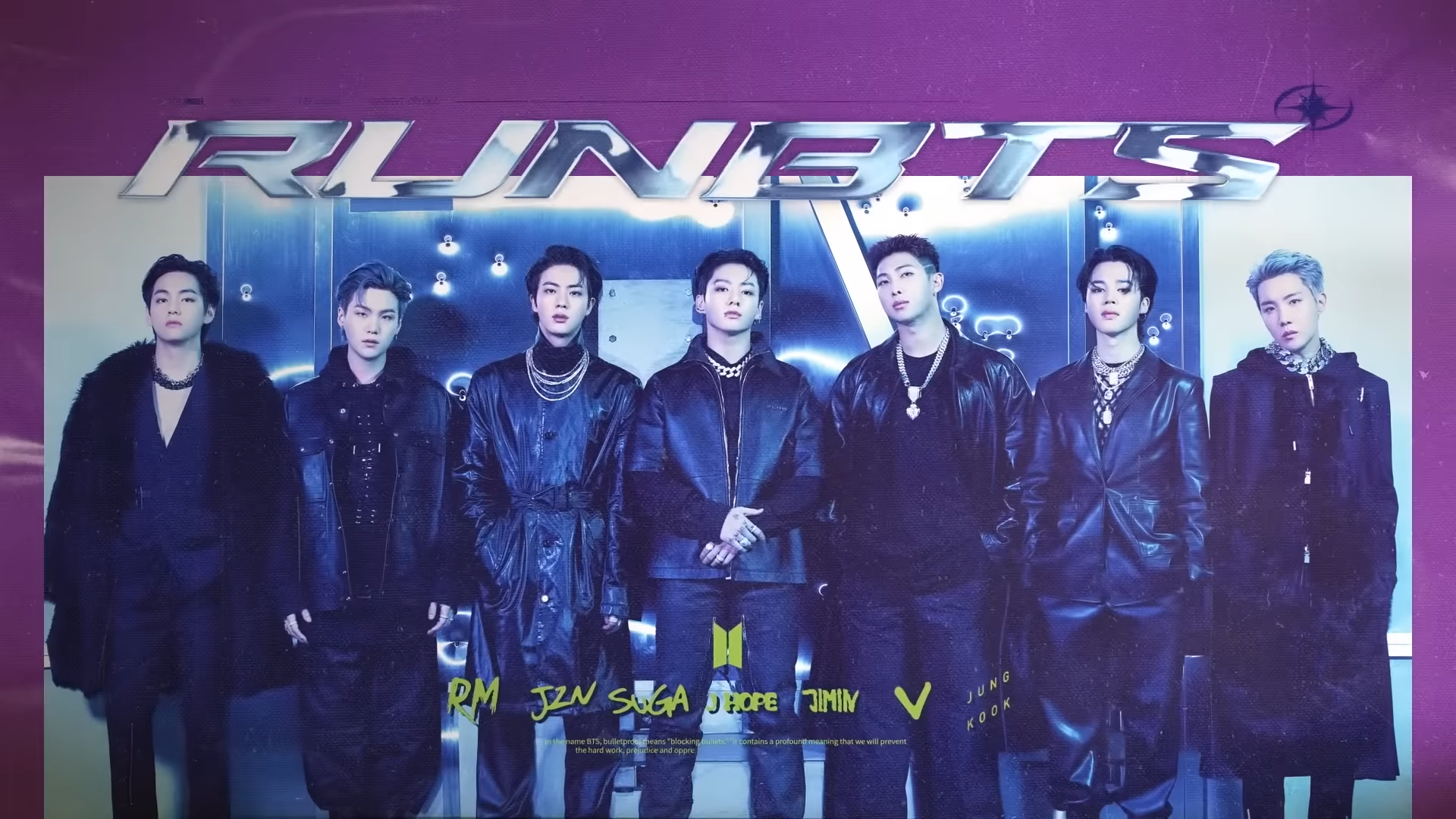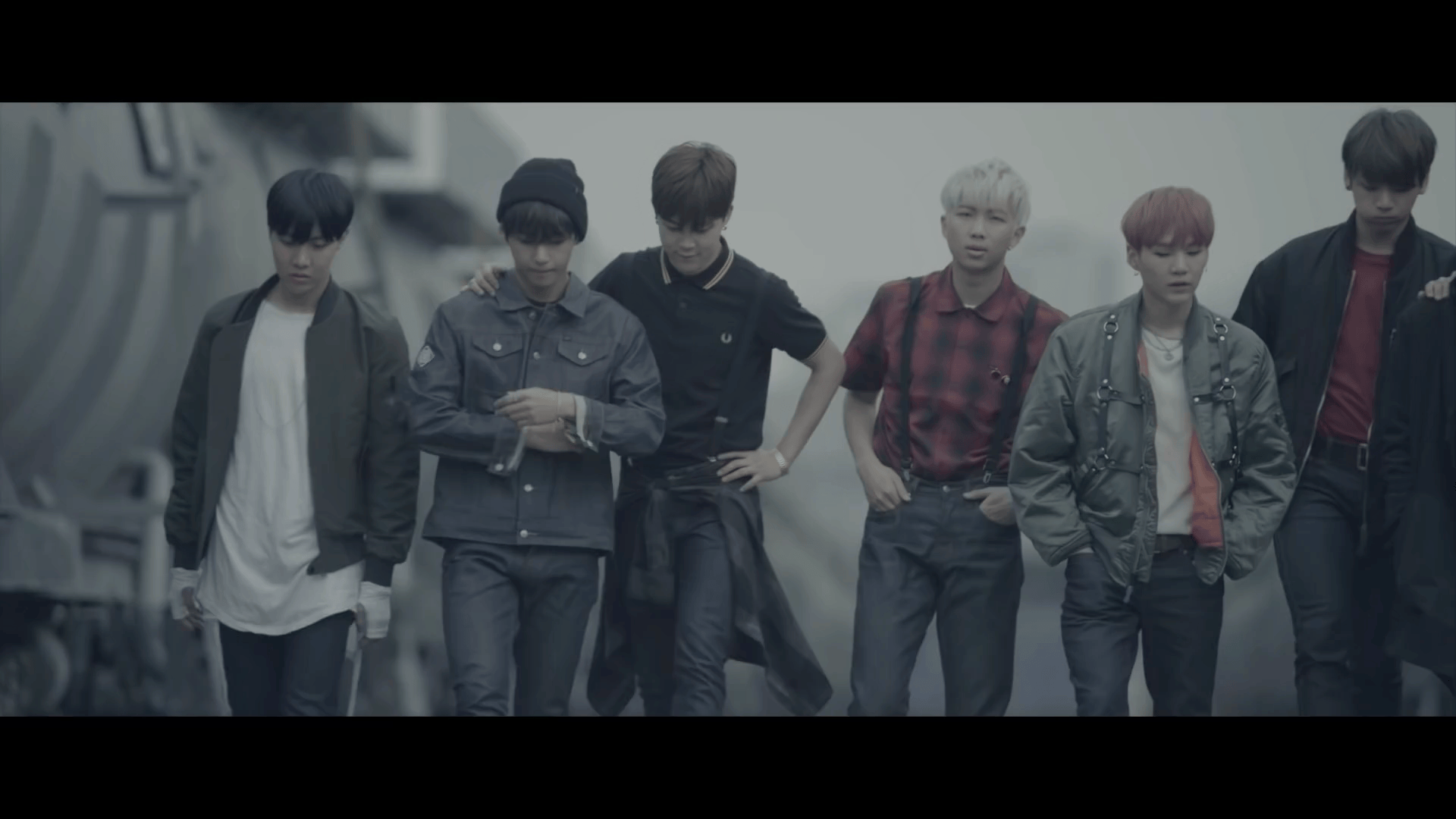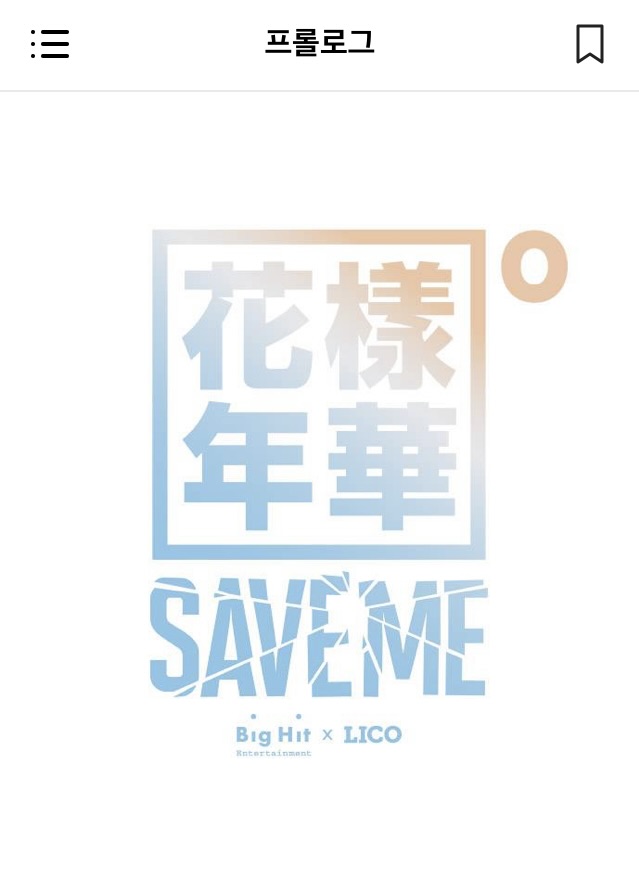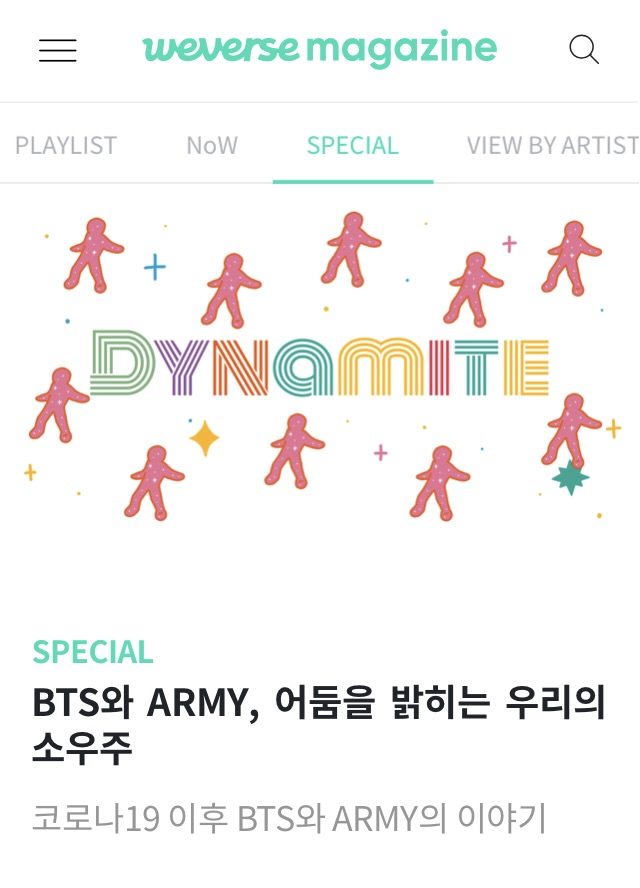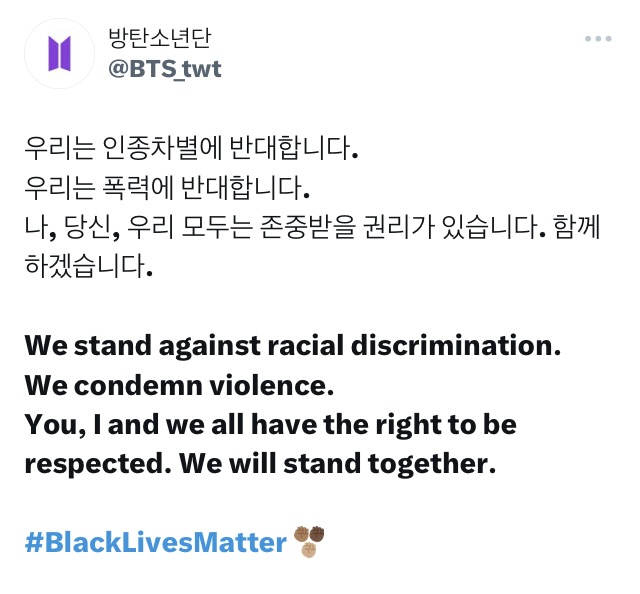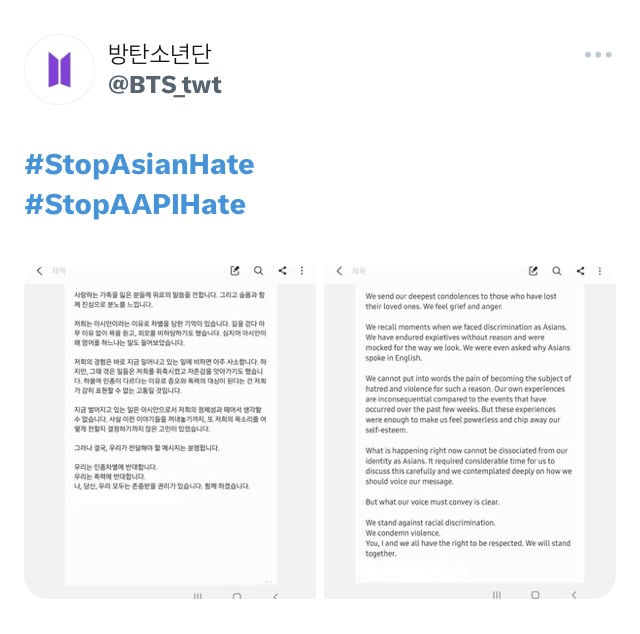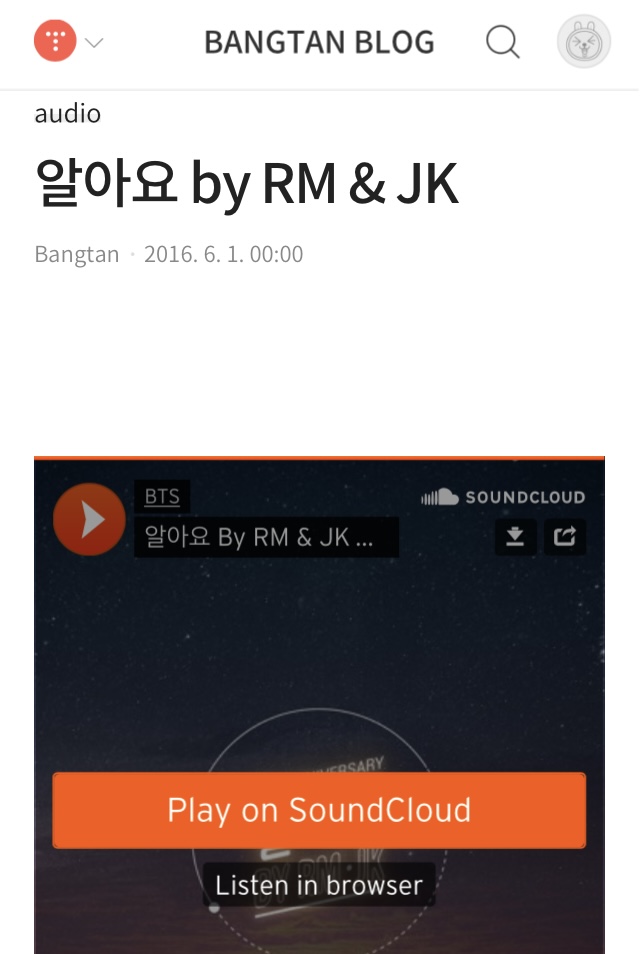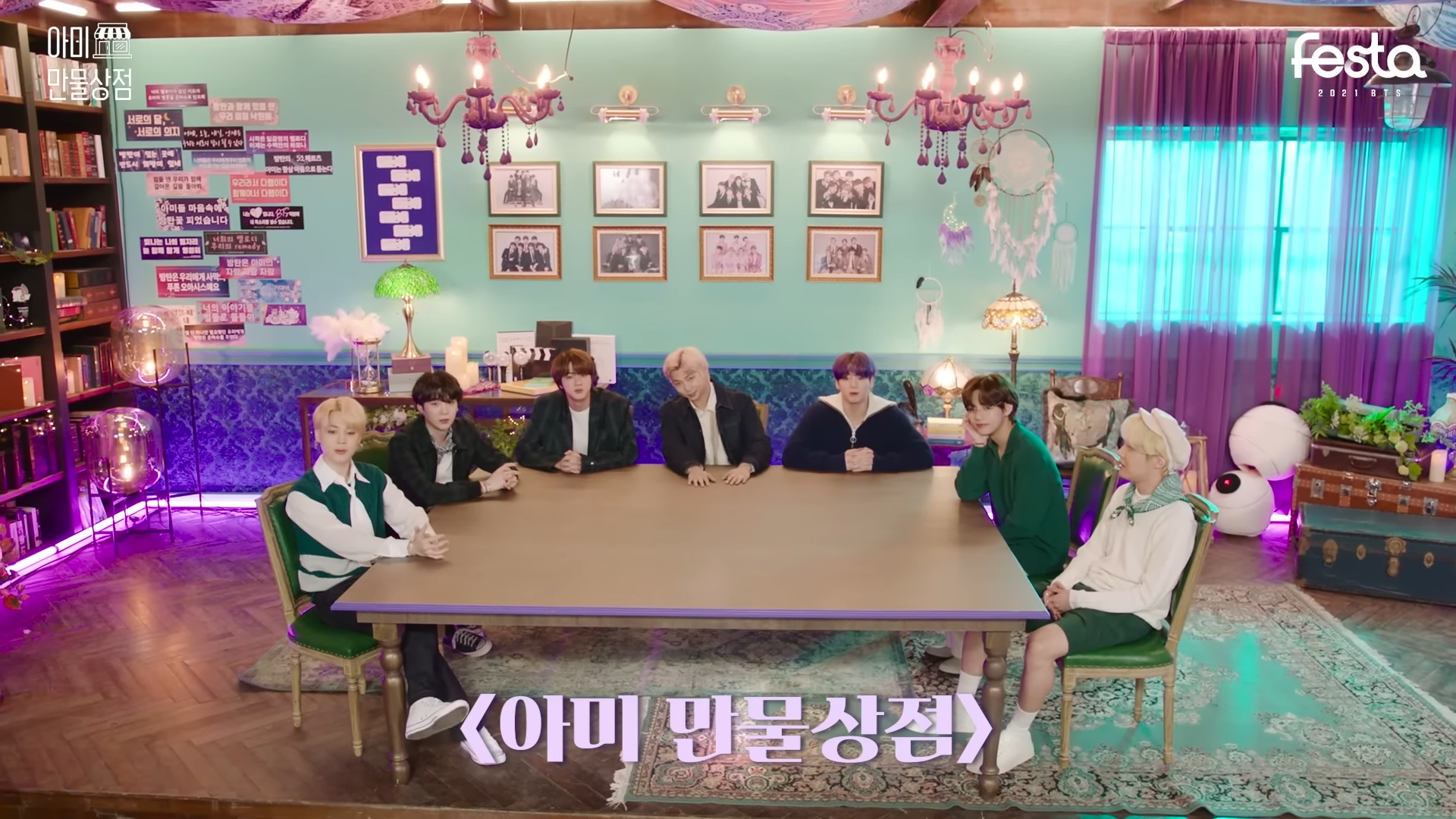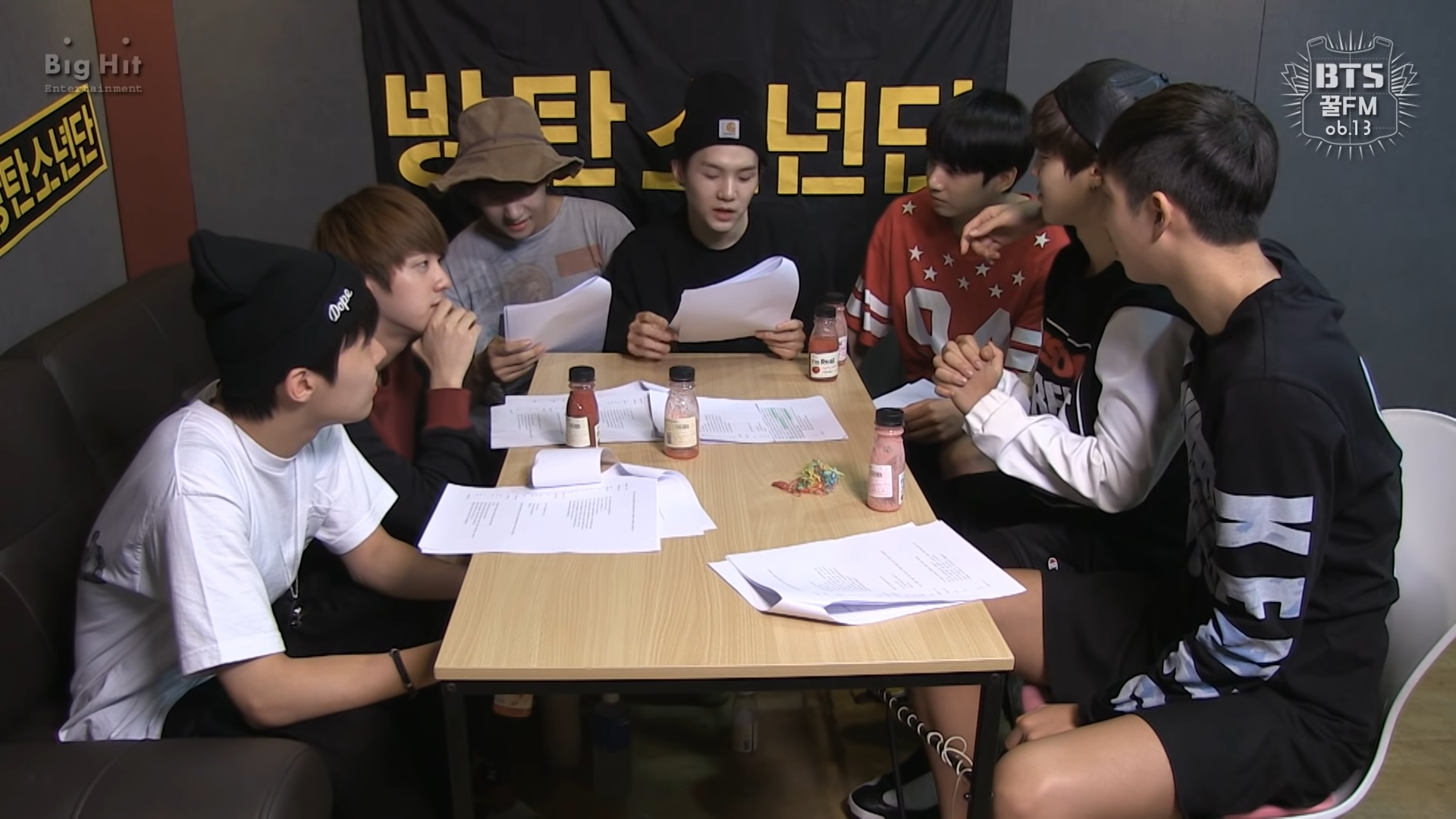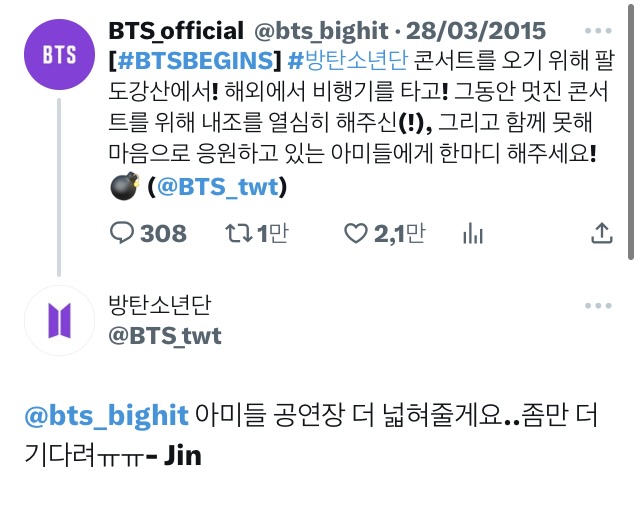

 EN
EN AM 05:41
AM 05:41
Credits
Director. Kang Myungseok
Editor. Kang Myungseok
Article. Kim Jieun
Visual Director. Jeon Yurim
Project Management. Kim Jieun, Sung Hwaju
🔥MHTL🔥
Art Director. Mat-kkal, Park Lucky(MHTL)
Web Design. Park Lucky, Yu Hyerin(MHTL)
Web Publishing. Cho Yeonjeong, Choi Jooyoung
WELCOME!


BANGTAN Blog


BTS: 10 Years & 10 Things That Changed The World
01 BANGTAN Blog
by Weverse Magazine

@BTS_twt

Dance practice by JIMIN

SUGA’s Maschine MK2 review

j-hope’s street dance overview: poppin

Hope on the street @150920

Billmond chart for the first week of July

Your average young trainee’s US dance training log (1)

Your average trainee’s Christmas

SOMEONE LIKE YOU(cover.) by V

Making bread with Kim Seokjin

Born Singer


BTS: 10 Years & 10 Things That Changed The World
02 Born Singer
by Weverse Magazine
 Born Singer - BTS
Born Singer - BTS
Burn The Stage


BTS: 10 Years & 10 Things That Changed The World
03 Burn The Stage
by Weverse Magazine

BANGTAN TV


BTS: 10 Years & 10 Things That Changed The World
04 BANGTAN TV
by Weverse Magazine
- PLAYLIST

The Most Beautiful Moment in Life


BTS: 10 Years & 10 Things That Changed The World
05 The Most Beautiful Moment in Life
by Weverse Magazine

THE MOST BEAUTIFUL MOMENT IN LIFE Pt.0: SAVE ME

@BTS_twt


BTS: 10 Years & 10 Things That Changed The World
06 @BTS_twt
by Weverse Magazine

@BTS_twt

BTS & ARMY, We Walk Together

@BTS_twt

@BTS_twt

100 & 200

Looking back, it’s hard to fathom just how quickly and successfully BTS climbed the charts, first dominating the album chart thanks to their enthusiastic fans and then riding all the way to the top of the singles chart on the back of their global star power. The group’s international success, including all the times they appeared on the Billboard charts from 2015 onward, have played a major role in exposing more people to K-pop worldwide. BTS set off what has since become a global music trend—the so-called K-pop Invasion—throughout Asia and into the West. Three weeks after BTS released “Dynamite,” Billboard began to record two separate lists: the Global 200, which compiles streaming and sales from more than 200 regions around the world, and the Global Excl. US chart, which accounts for all figures except those from the United States. For those artists not based in the US or elsewhere in the West, the Billboard 200 and Hot 100 had always felt like a means of entering the mainstream of the global music industry, but as BTS and so many other K-pop artists had shown, there were huge trends with sweeping sales numbers outside what the Billboard chart traditionally had its eyes on, and so the magazine decide to reflect that reality in its charts. While BTS’s performance on the Billboard charts represents the arrival to the US of their group, K-pop music more widely, and even more broadly speaking, music from non-US artists as a whole, it also shows that one of the main pillars of the country’s music industry realized it had to accept what was happening in the market on the other side of the wall. The same sentiment was reflected by LE SSERAFIM member HUH YUNJIN, who wasn’t sure she could find work as an Asian American artist in the US but was ultimately encouraged after seeing BTS at the American Music Awards. Thanks to BTS, countless dreamers—artists-to-be—now have the confidence that they can cross through an invisible but very real boundary and take to any stage in the world their hearts lead them to.

BTS: 10 Years & 10 Things That Changed The World
07 100 & 200
by Weverse Magazine

FESTA


BTS: 10 Years & 10 Things That Changed The World
08 FESTA
by Weverse Magazine

I Know by RM & JK

ARMYPEDIA

Stadium


BTS: 10 Years & 10 Things That Changed The World
09 Stadium
by Weverse Magazine

 LOS ANGELES
LOS ANGELES
 CHICAGO, USA
CHICAGO, USA
 NEW JERSEY, USA
NEW JERSEY, USA
 SAO PAULO, BRAZIL
SAO PAULO, BRAZIL
 LONDON, UNITED KINGDOM
LONDON, UNITED KINGDOM
 PARIS, FRANCE
PARIS, FRANCE
 OSAKA, JAPAN
OSAKA, JAPAN
 SHIZUOKA, JAPAN
SHIZUOKA, JAPAN
 RIYADH, SAUDI ARABIA
RIYADH, SAUDI ARABIA
 SEOUL, SOUTH KOREA
SEOUL, SOUTH KOREA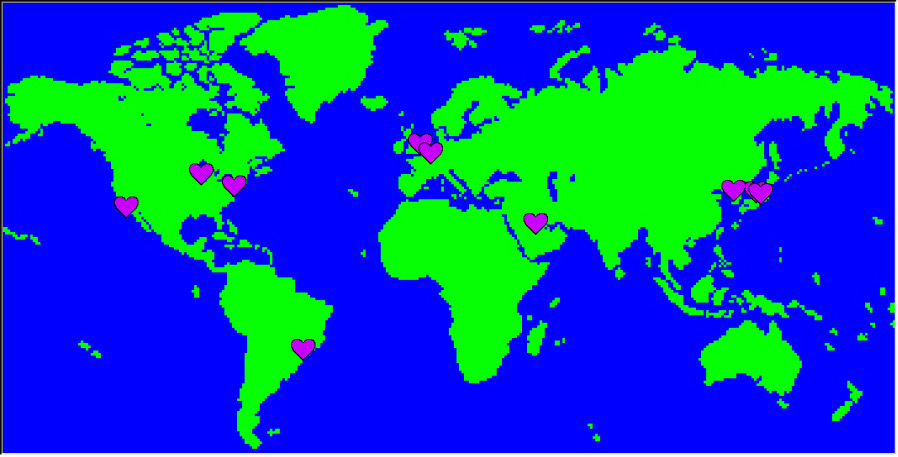
 SEOUL, SOUTH KOREA
SEOUL, SOUTH KOREA
@BTS_twt

BTS bring ‘Map Of The Soul: Persona’ to life and rejuvenate old songs as they kick off first stadium world tour with stunning LA performance

ARMY

“Our timeline is basically ARMY’s timeline.”
Some see ARMY as a fandom, or a social phenomenon, or an economic powerhouse and influential force, but it defies categorization by words alone. And ARMY themselves know this best. These 10 things that BTS changed in the industry—and in the world—all belong to ARMY. Beyond the legendary narrative of BTS and ARMY, now it’s time to hear ARMY’s story. The story that has illuminated every light throughout the past ten years.

BTS: 10 Years & 10 Things That Changed The World
10 ARMY
by Weverse Magazine

j-hope: “I’m going to look for the way that’s right for me”


































